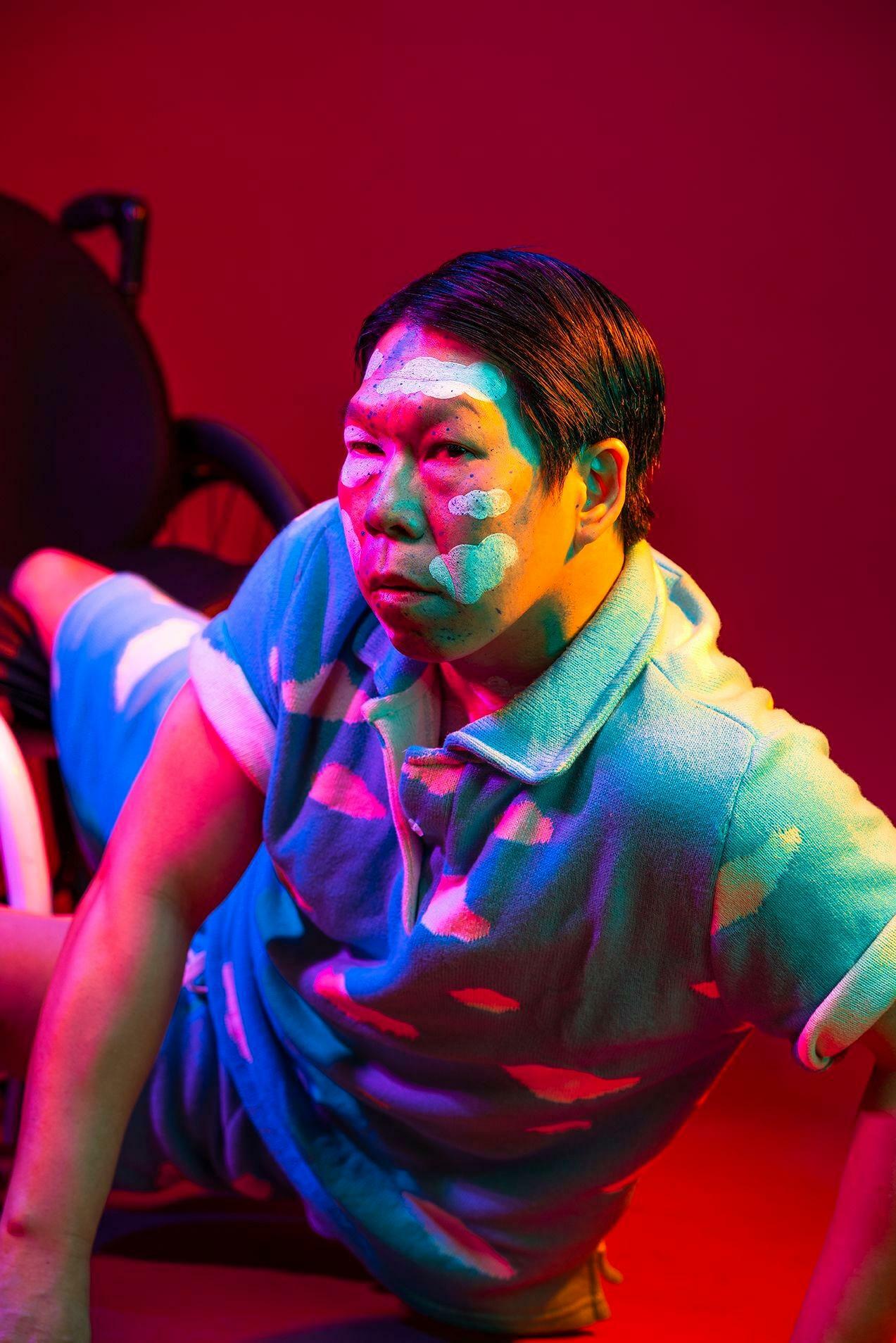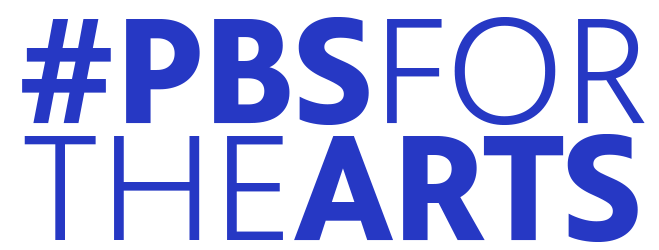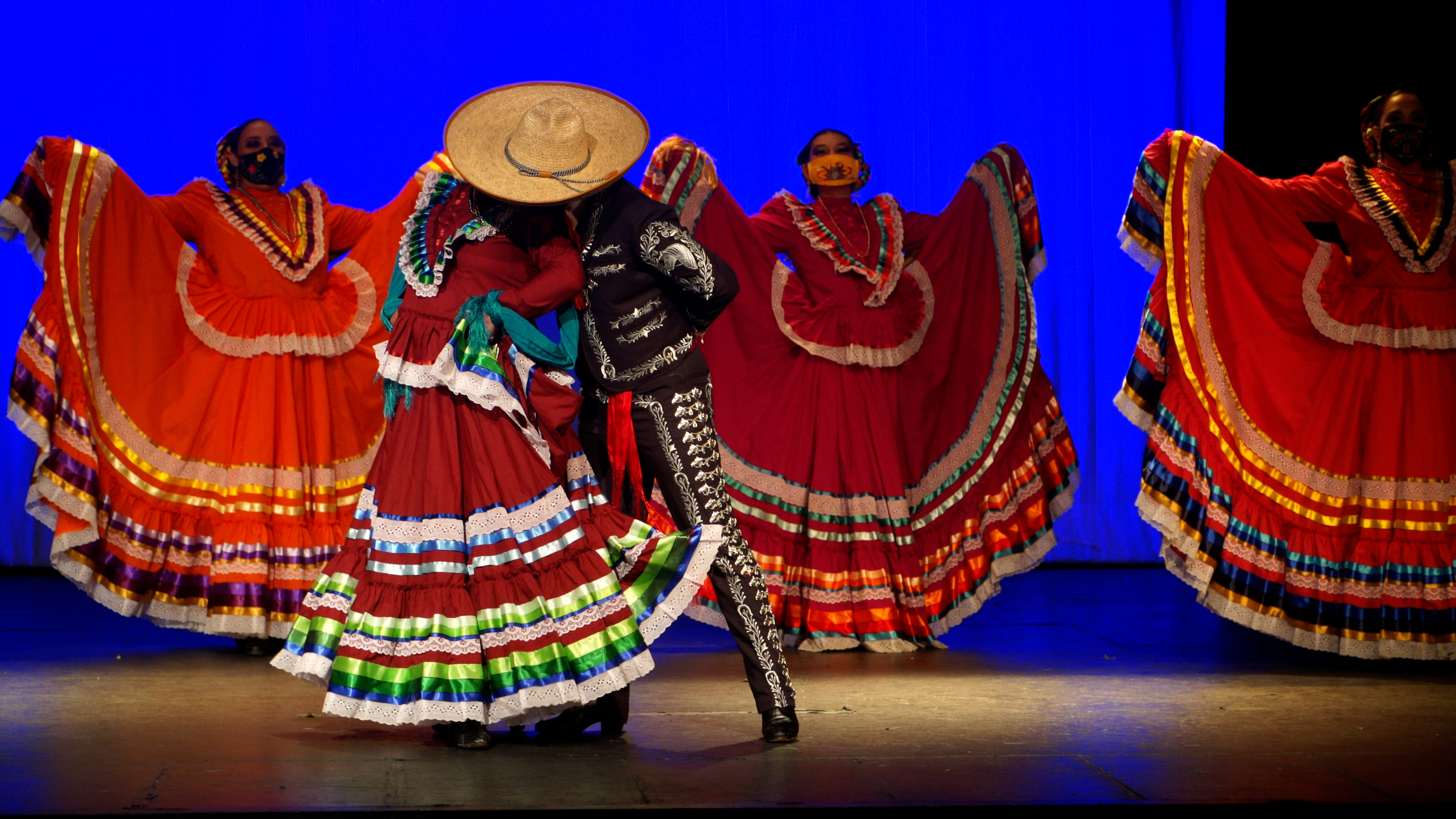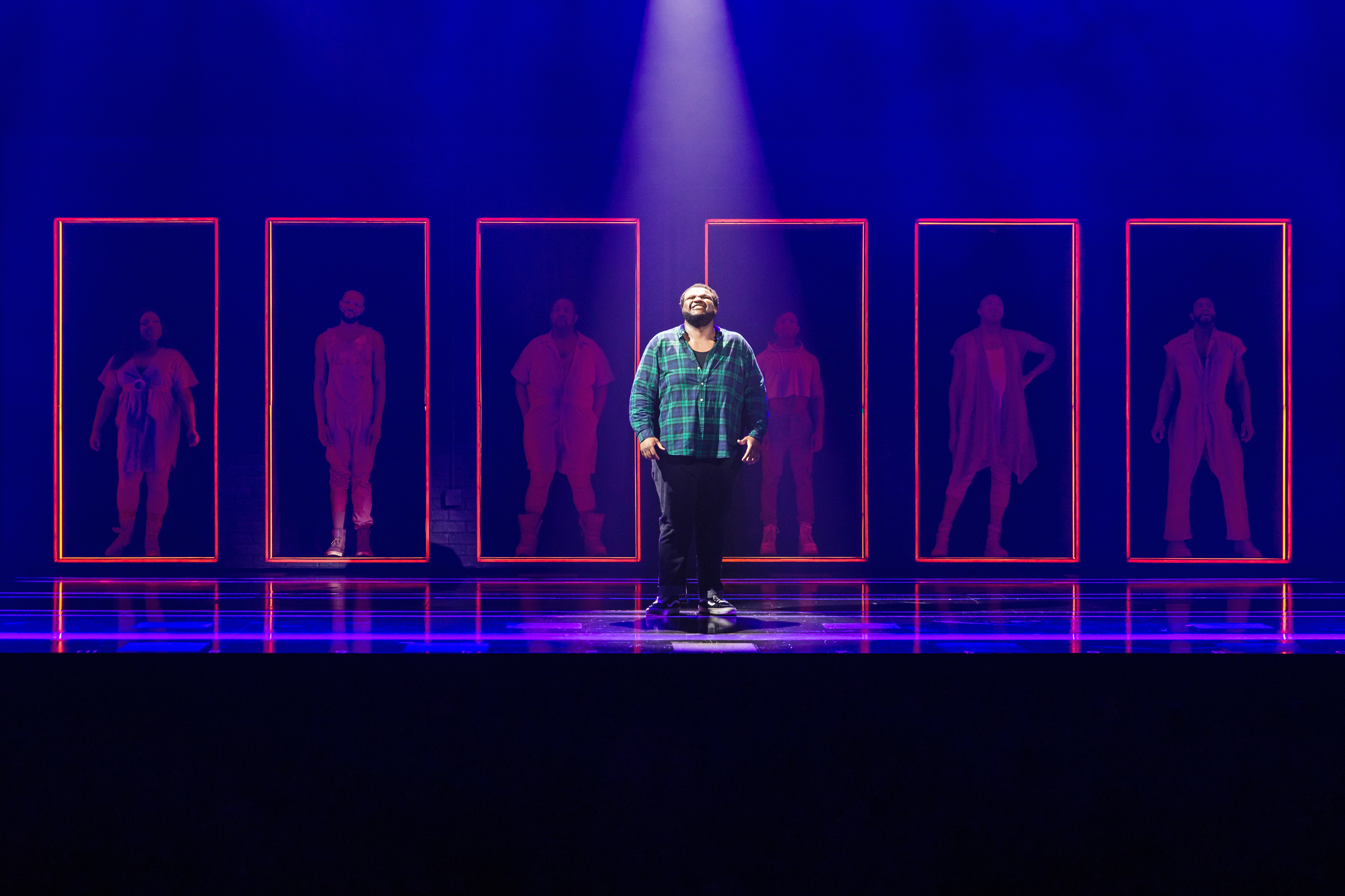As part of #PBSForTheArts, a multiplatform campaign from PBS and The WNET Group celebrating the resiliency of the arts in America during the COVID-19 pandemic shutdown and reopening, we’re pleased to present a series of artist interviews spotlighting the inspiring pandemic survival stories of artists across the country. From Broadway dancers and concert performers to classical musicians, visual artists, and beyond, discover how these creative, resourceful artists have kept the arts vivid and vital during the pandemic.
A paralegal by day, disabled dancer Donald Lee is a company member of Heidi Latsky Dance (HLD), a physically integrated and inclusive dance company whose mission is to disrupt space, dismantle normal, and redefine beauty and virtuosity through innovative performance and discourse. In the following interview, Donald talks about inclusive artistry centering on radical bodies and what it’s like to be in a diverse dance company that is constantly breaking new ground. He explains that inclusive dance is hard to define. “Our shared artistry centers on the intersection of and multitudes within disability, gender, race, and age. Because there are no set rules in integrated dance, we make them and break them to suit our work and the space we perform in,” he says. Read on to learn more about Donald’s artistry and activism, the projects that have kept him and the HLD dancers inspired during the pandemic, and more.

How did you first become involved with Heidi Latsky Dance?
Serendipity! My friend Ana Rubinstein, a dance educator who works with Heidi Latsky, had an extra ticket to a double bill performance with AXIS Dance Company and Heidi Latsky Dance at NYU Skirball Center in honor of the 25th Anniversary of the Americans with Disabilities Act. I saw Peter Trojic and Quemuel "Q" Arroyo (MTA’s first and current chief accessibility officer), who I knew from Adaptive Climbing Group, perform and was intrigued by the performance mixing art, fashion, dance, and film featuring disabled dancers. I met Heidi briefly at the after-party and then saw her again at the 2016 NYC Disability Pride Parade. She invited me to an open casting call for a site-specific installation for Citi Summer Streets. I went out of curiosity, and the rest is history.
A fully integrated and inclusive dance company, Heidi Latsky Dance features dancers representing a wide range of body types, ages, cultural backgrounds, and dance experience. What is it like to create and perform with such a diverse dance company?
According to Heidi, we’re a company of soloists. She has told me that it’s extremely creative and exciting to create with such a wide spectrum of people and experiences. It can also prove to be very challenging because dance companies have a very specific ethos and Heidi has a very strong work ethic. Sometimes the cast members clash because the dancers have different ideas regarding expectations, protocols, etc. Performing is also a highly charged experience due to the array of dancers and the variety and depth of our performance experience. It certainly keeps everyone on point!
As a dancer in a physically integrated company, you must have an open attitude and a beginner's mind and take directions well. Everybody moves and accesses movement in their own way. Heidi works with us individually to develop movement and make it technical. Sometimes, there are collaborative elements that stem from the dancers’ vernacular movements. Other times, we problem solve together. As a group, we learn from each other. We are constantly reinvesting in our own creative capital. In that sense, we build and expand our dances and techniques individually and collectively. That’s what makes inclusive dance groundbreaking and hard to define. Our shared artistry centers on the intersection of and multitudes within disability, gender, race, and age. Because there are no set rules in integrated dance, we make them and break them to suit our work and the space we perform in. We disrupt space in order to create a new space. That’s how we insert ourselves in the cultural imagination.






Did the company have performance engagements that were postponed or cancelled due to the COVID-19 performance shutdown in March 2020?
We actually did not have performances because Heidi wanted to take time to find a producer for her newest show, DISPLAYED.
How have you and the other dancers in the group stayed connected during the pandemic, and will the company resume live performances now that arts venues are starting to reopen?
Heidi encouraged many of us to create movement at home so that she could create a body of film work. One of these films, SOLO FLIGHT, was commissioned by Lincoln Center for the Performing Arts for the 30th Anniversary celebration of the ADA. The 10-minute film features 14 artists in their homes or neighborhoods. In addition to making these films throughout the pandemic, Heidi has organized community conversations to bring us together.
We’re also thrilled and honored to be a recipient of the 2021 MAP Fund with our film, Recessed, by Heidi Latsky and Maya Man. It features HLD performers dancing at their homes and in outdoor spaces, and includes elements of my solo.
The company has also during Covid developed a new education program which has been thriving. And Creative Time, a public arts organization, commissioned a live work for their Red Stage Festival this summer.
The tour de force was our 24-hour livestream on Zoom of ON DISPLAY GLOBAL, HLD’s worldwide initiative, performed annually on December 3rd, honoring the United Nations’ International Day of Persons with Disabilities through local, community-led sculpture courts where the diverse performers are the sculptures.
I made my own dance clips and was even featured in the last few seconds of a Major Lazer video!
What has been the most difficult thing for you as a performing artist during the pandemic?
Being sedentary. I sit and snack all day! And if I’m performing for a recording or livestream, I miss the in-person interaction with audiences. Art is a relationship. It doesn’t exist without someone else to experience it. It’s just not the same on virtual platforms. However, the push to be virtual was an opportunity to showcase and translate my artistic work on film, which took on new meaning.
What has helped you maintain a sense of hope and optimism during these challenging times?
My artistic practice has always been my grounding practice. Seeing other creative artists turning various streaming platforms into fundraising portals for those in need during endless world crises also give me hope. People do care and want to make the world better. On a personal level, I have received so many lovely cards and packages from friends and family during our spatial solitude. At one pivotal moment, my friend Drian sent me a postcard that reads, “Sometimes when things are falling apart, they may actually be.” I think of this often. It’s another way of saying we need to always reevaluate where we are as a person and as a society.
Support your local PBS station in our mission to inspire, enrich, and educate.
What do you love most about dancing?
Its simplicity and complexity. All you need is your body to create infinite possibilities.
Movement breaks barriers. It is immediate and abstract. Some people see me dance and view disability in a new light while others see beyond my differences, without me saying a single word.
What do you hope audiences will take away from attending a Heidi Latsky Dance performance?
I hope it transforms their beliefs. Besides resetting their aesthetic values on what beauty is or what movement means, I hope they embrace the spectrum of bodily expressions in stillness and in exuberance as much as they appreciate the divergent narratives from the diverse dancers. Heidi tells the dancers: Don’t emotionalize it, physicalize it! I always ask myself how do I intellectualize a movement even in non-movement? I find that endurance is virtuosic whether you’re motionless or moving to the point of exhaustion. It’s never about reaching the end but the journey of getting there.
I asked Heidi to share her thoughts on this question, too. She sums it up beautifully. “I hope their opinion of what is beautiful and virtuosic and who can dance shifts and that the audience has an experience that changes their view of not only disability but inclusion,” she said. “HLD believes in inclusion and the power of bringing different communities together.”
Follow Donald Lee on Instagram.
Stay up to date with Heidi Latsky Dance via their website, or follow them on Facebook, Twitter, or Instagram.

The best of PBS, straight to your inbox.
Be the first to know about what to watch, exclusive previews, and updates from PBS.



